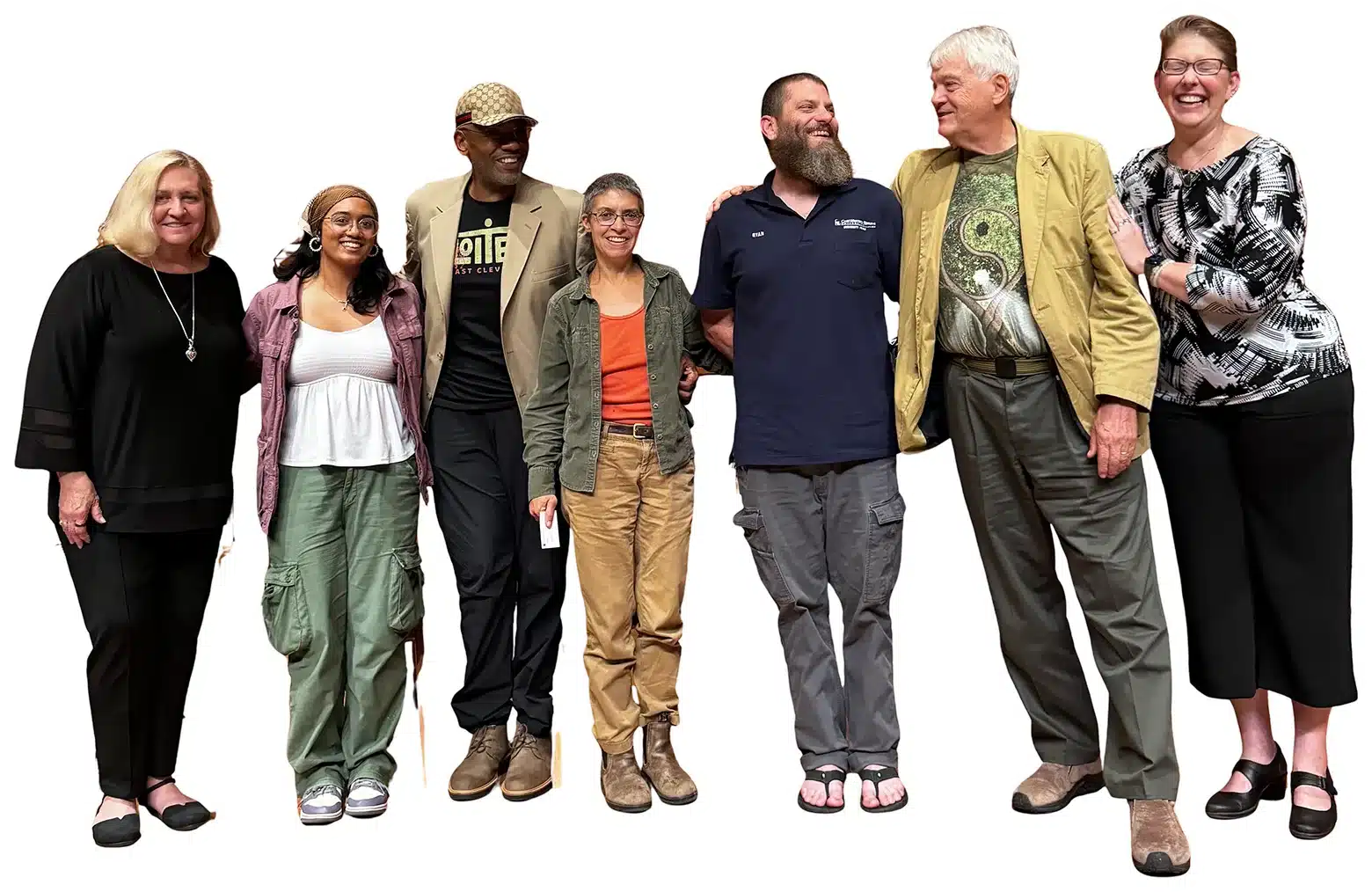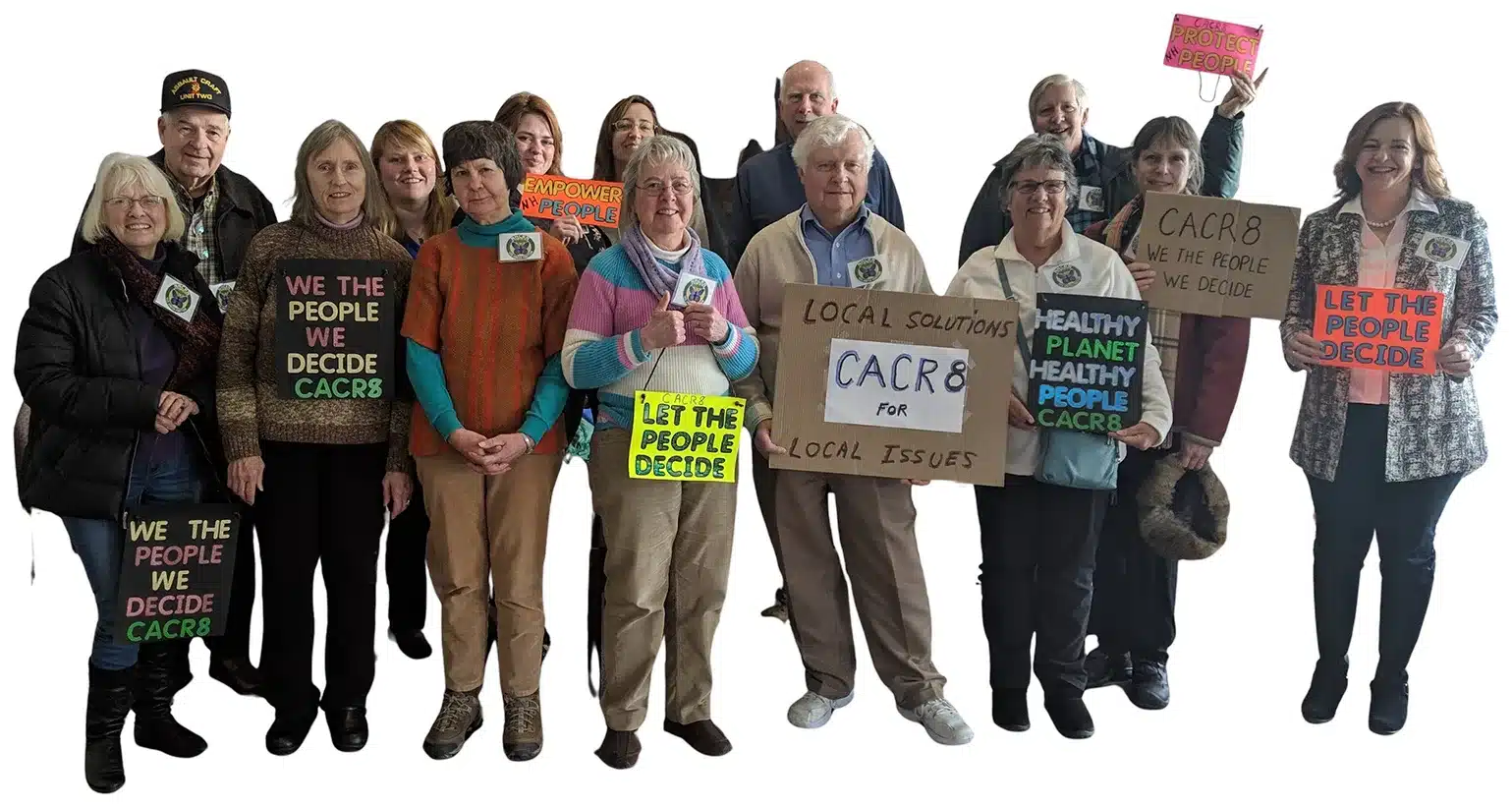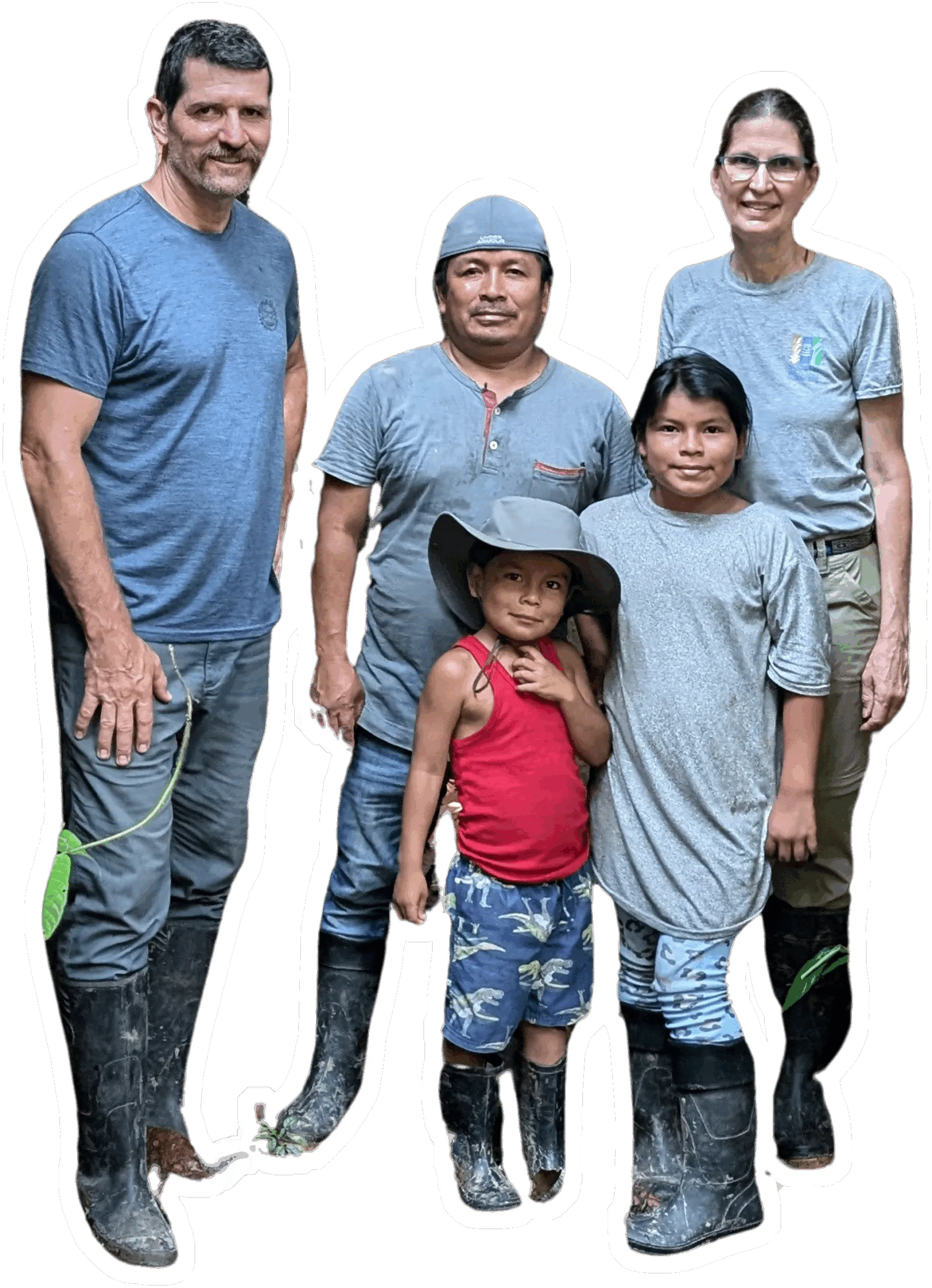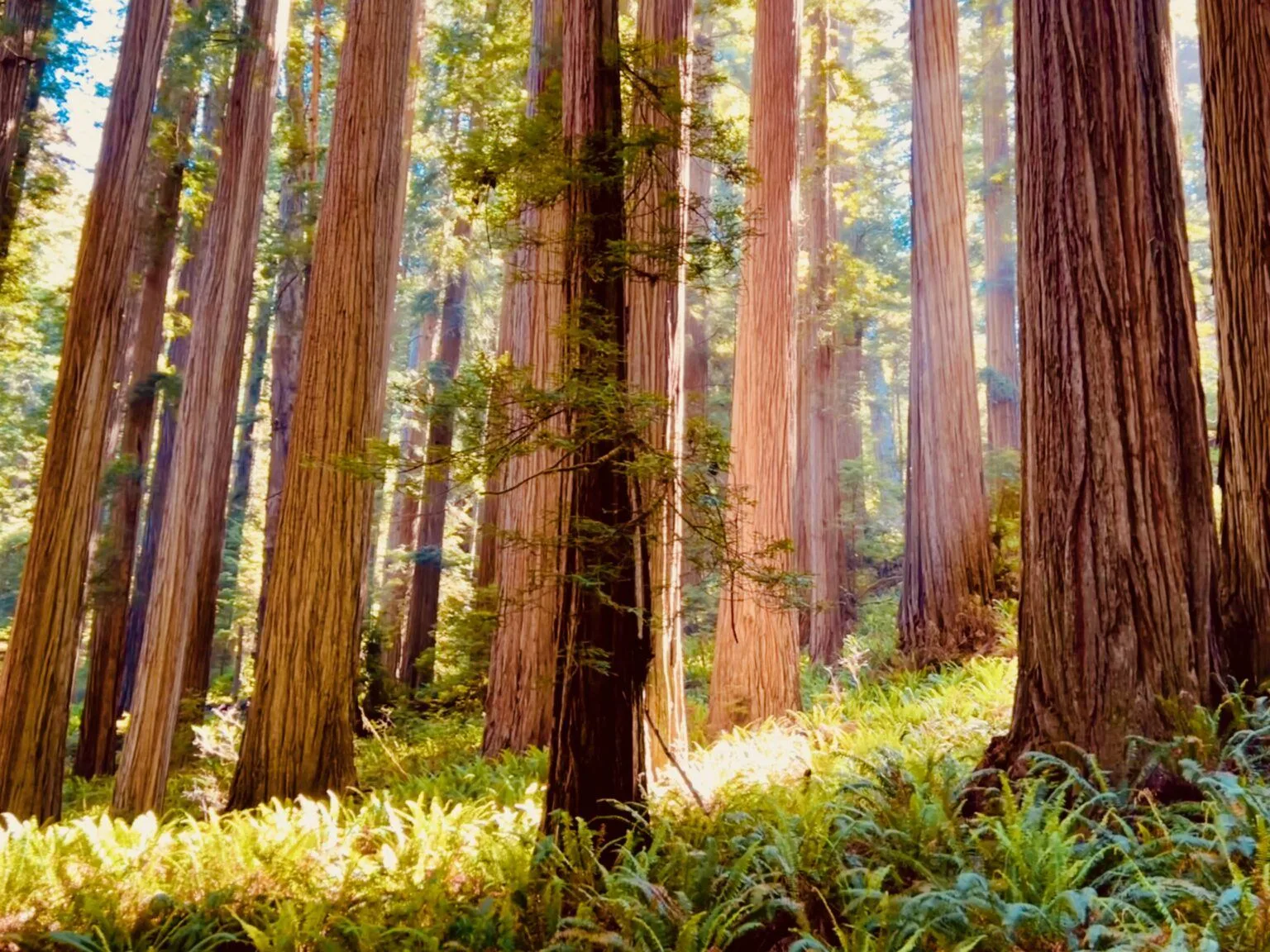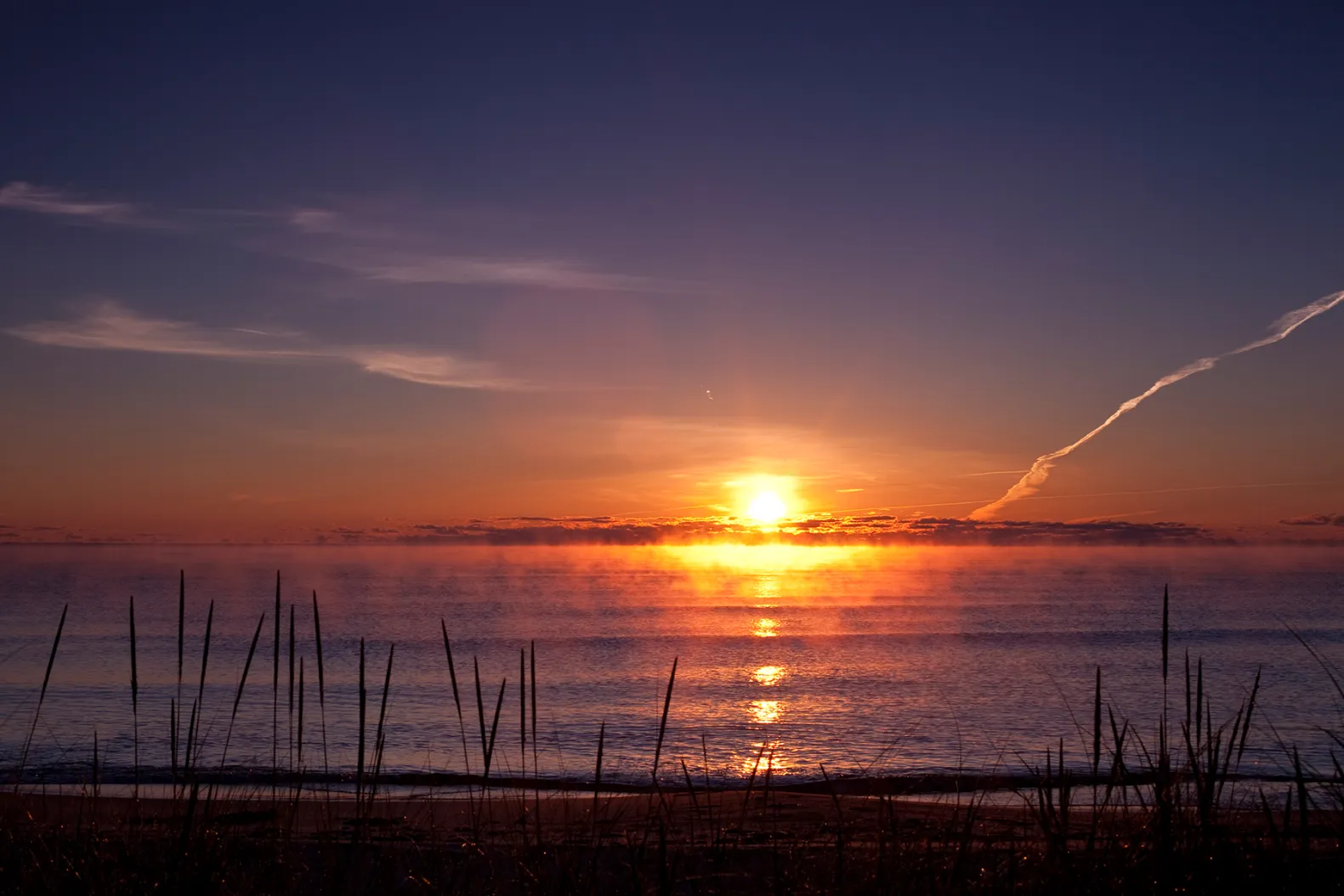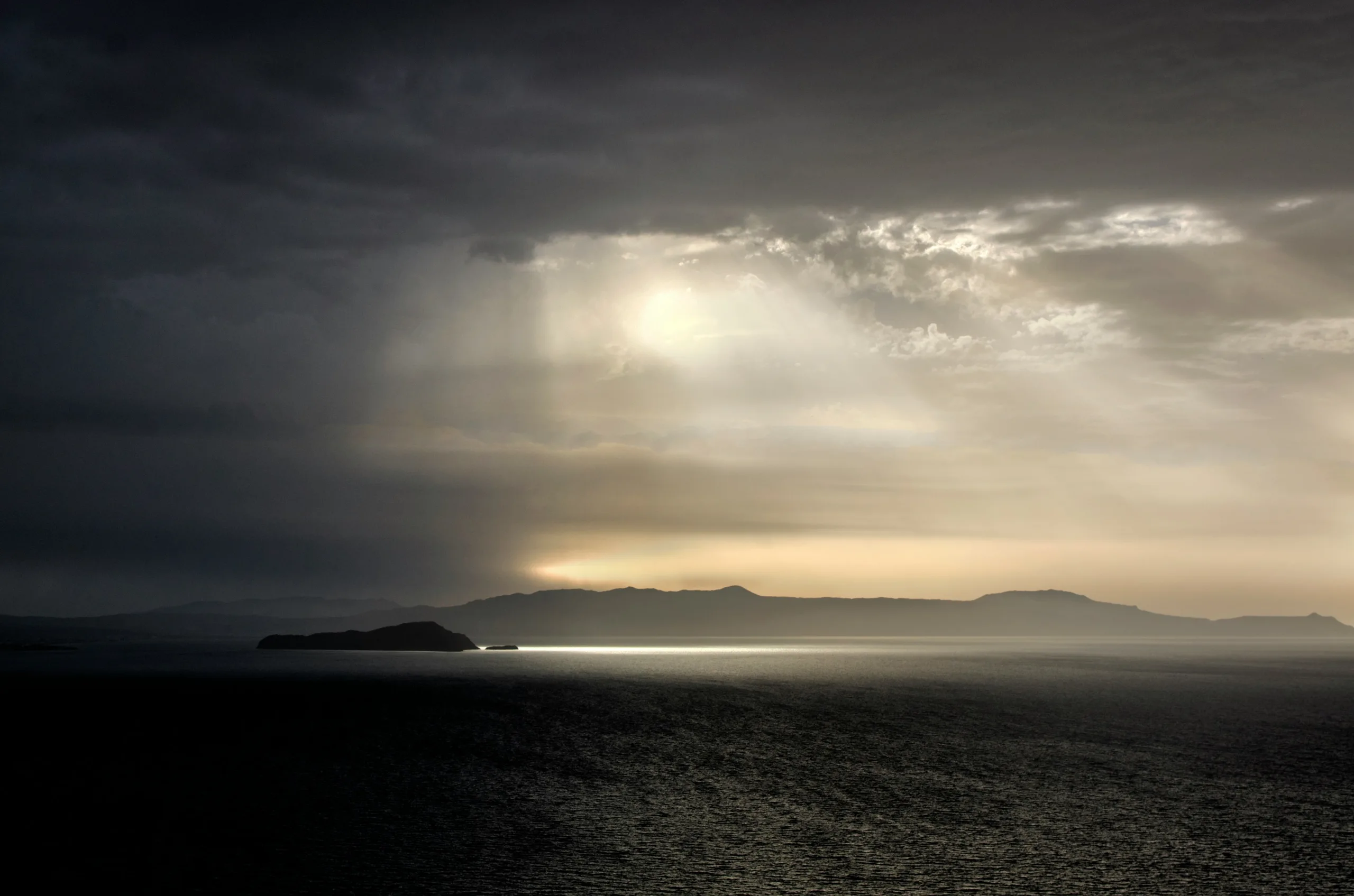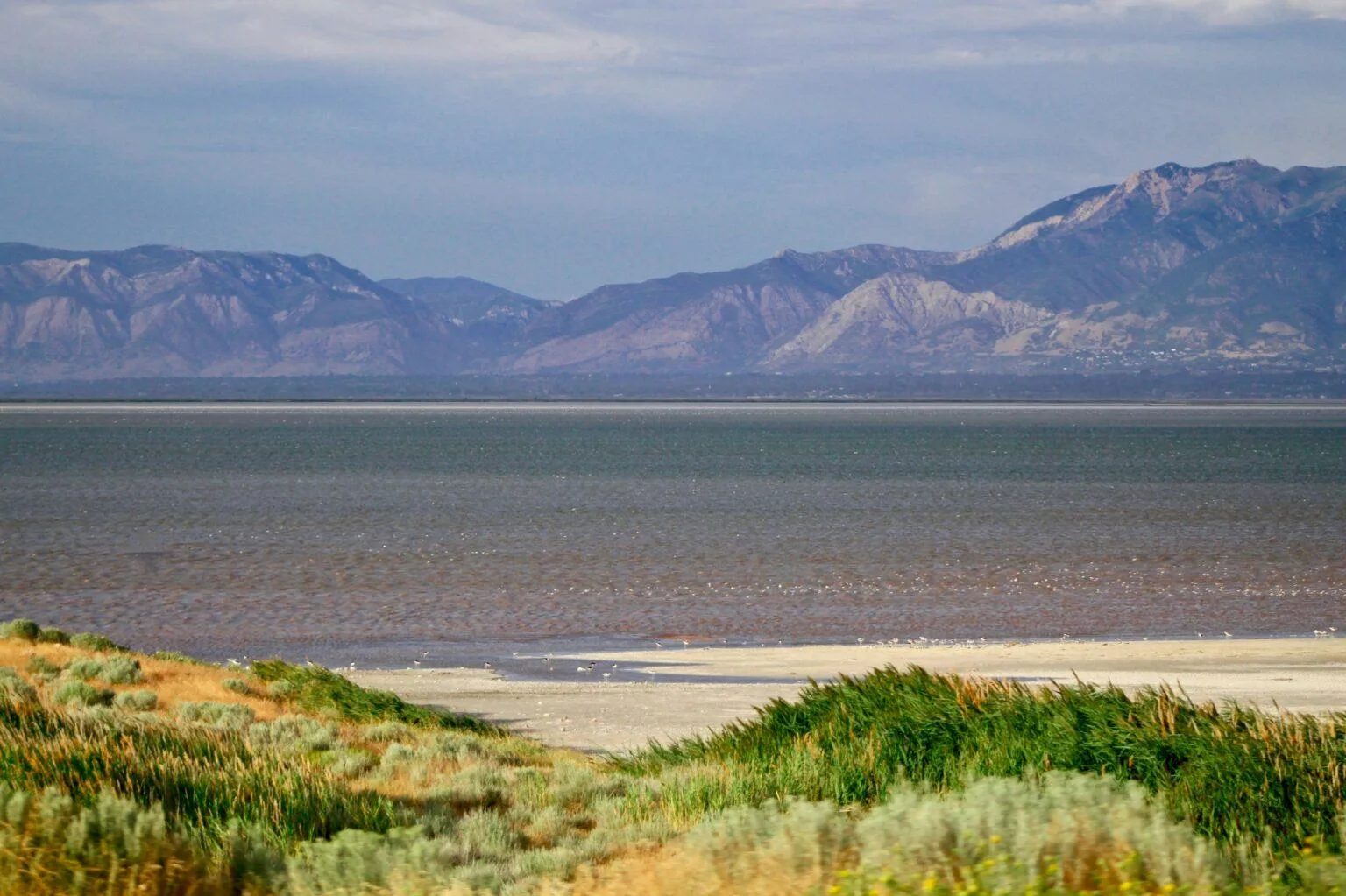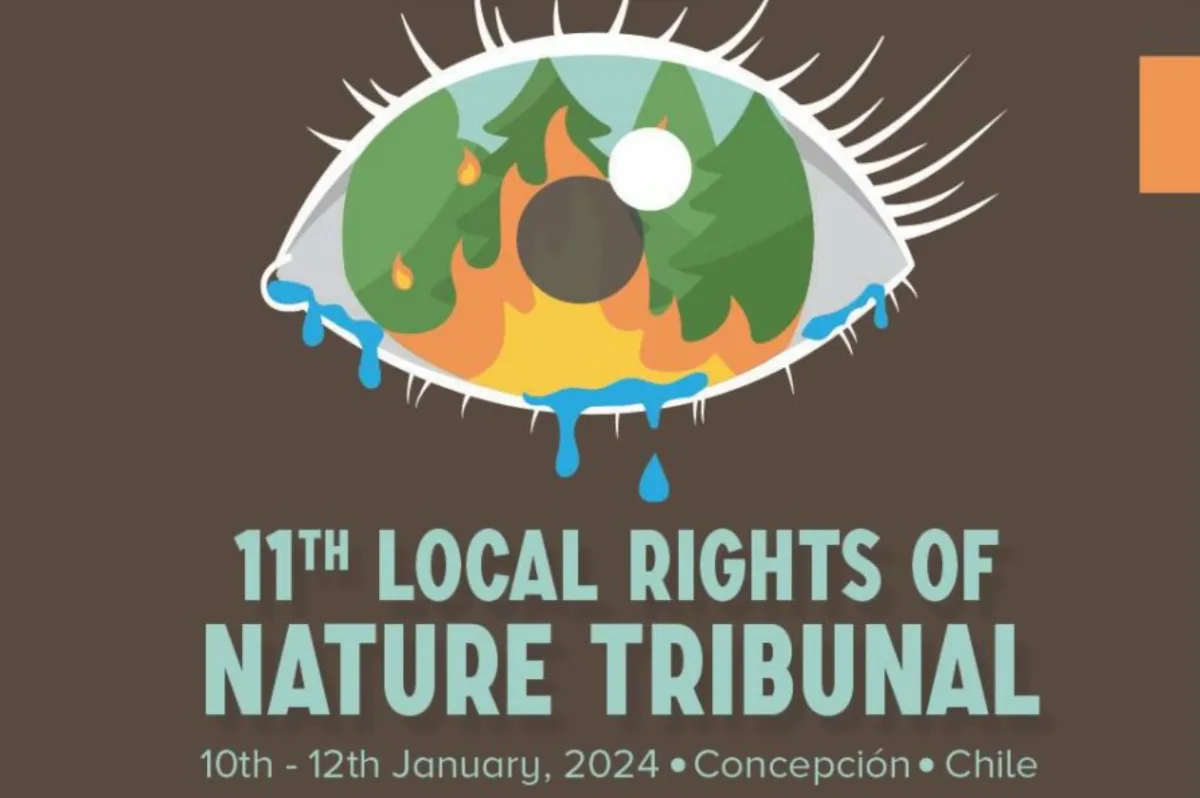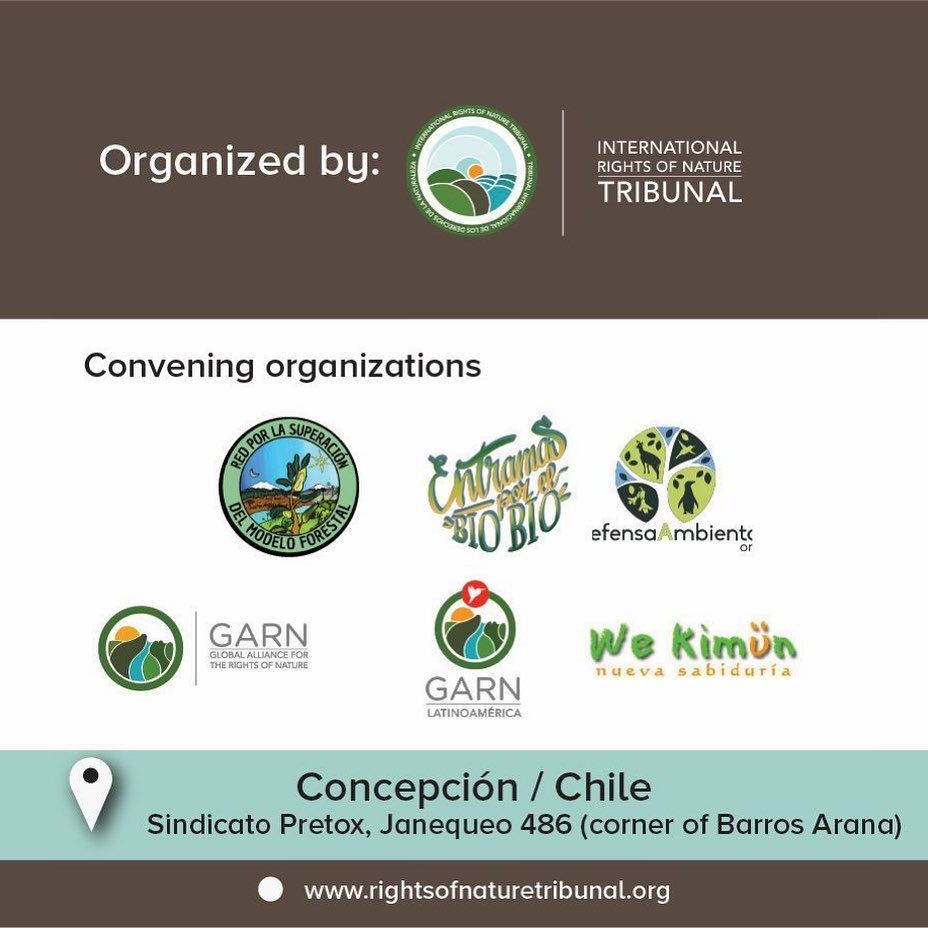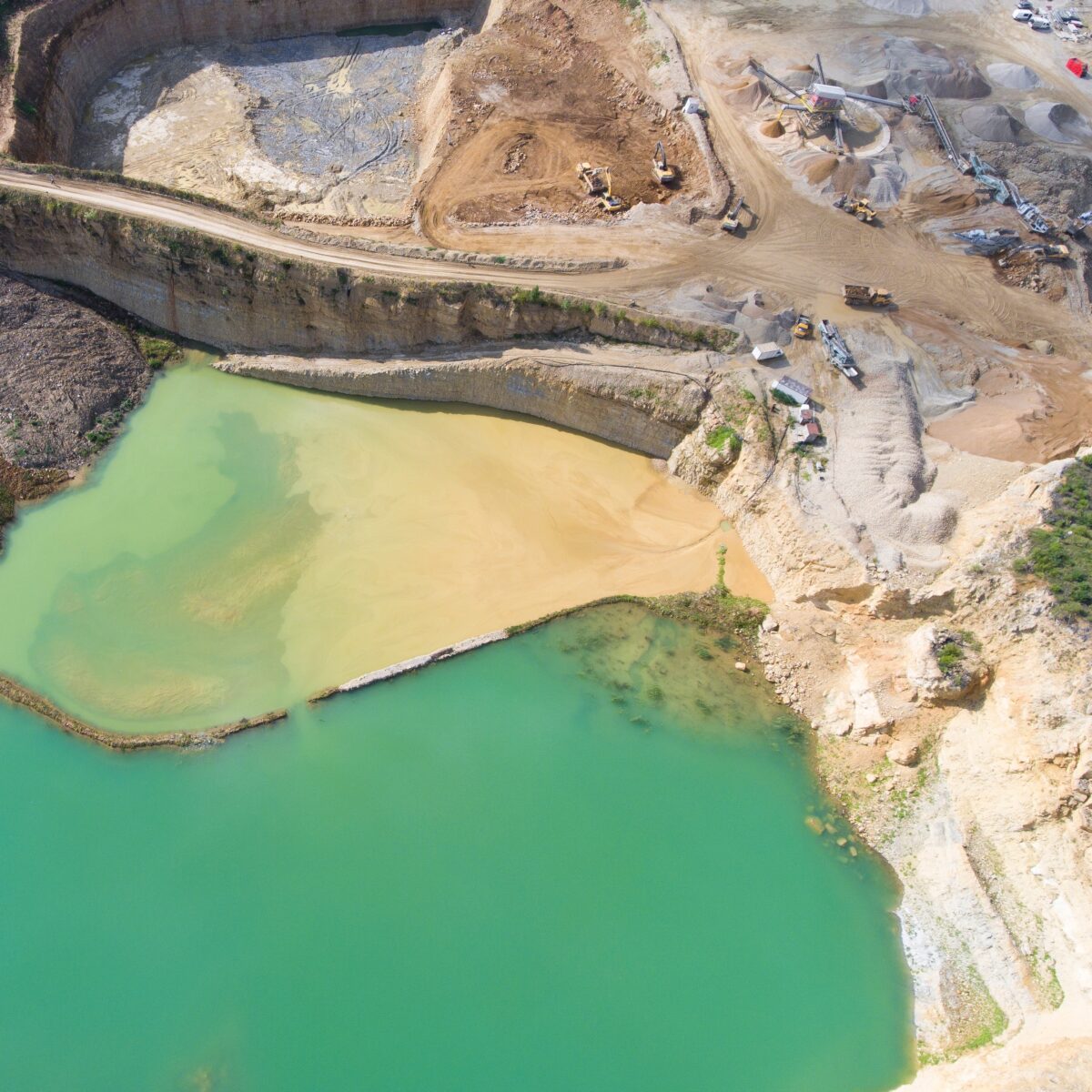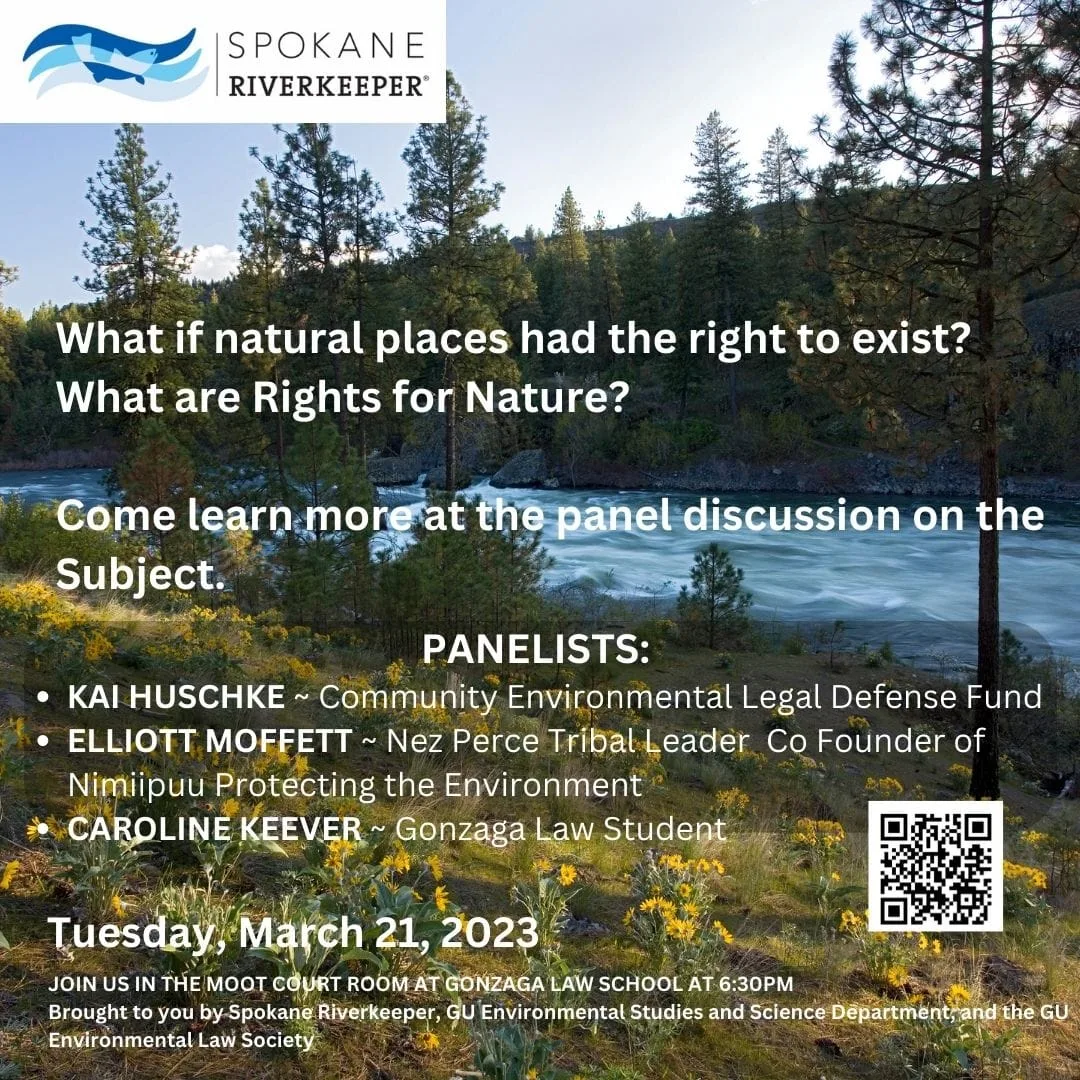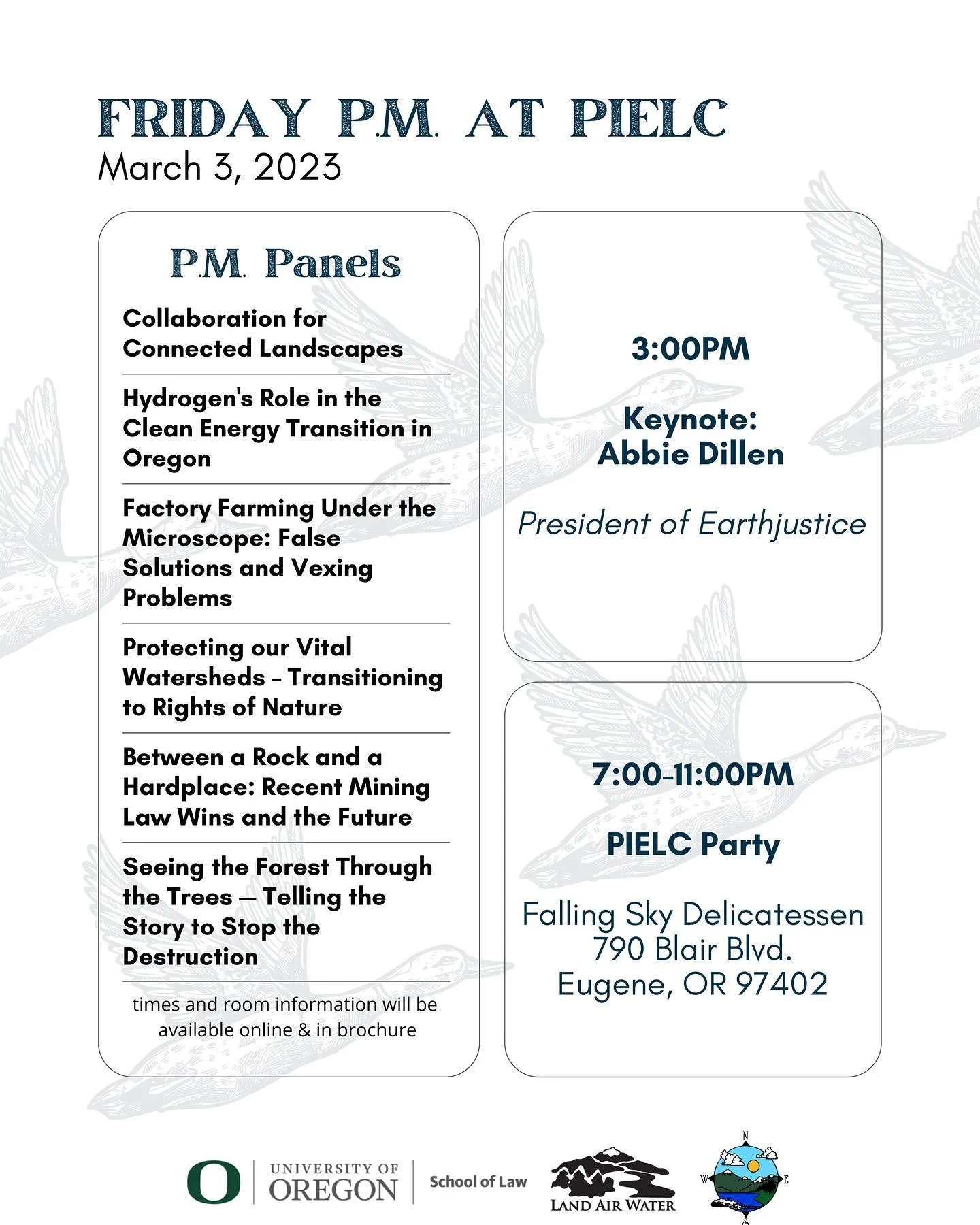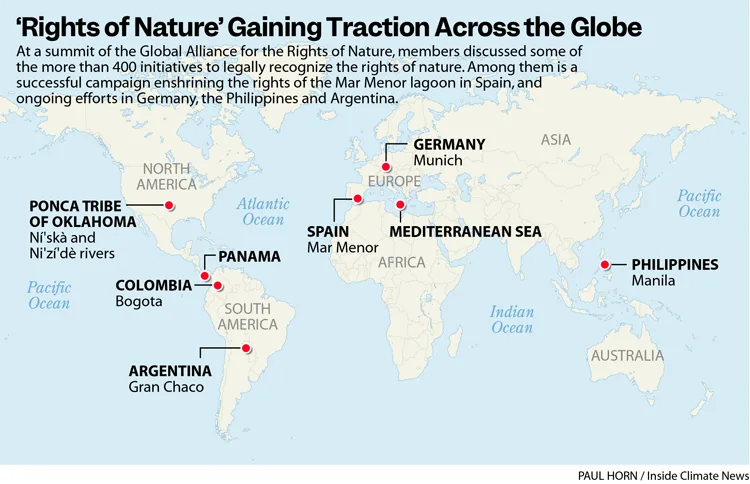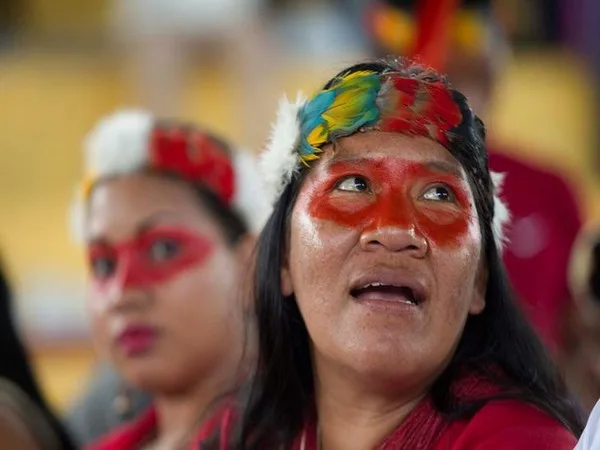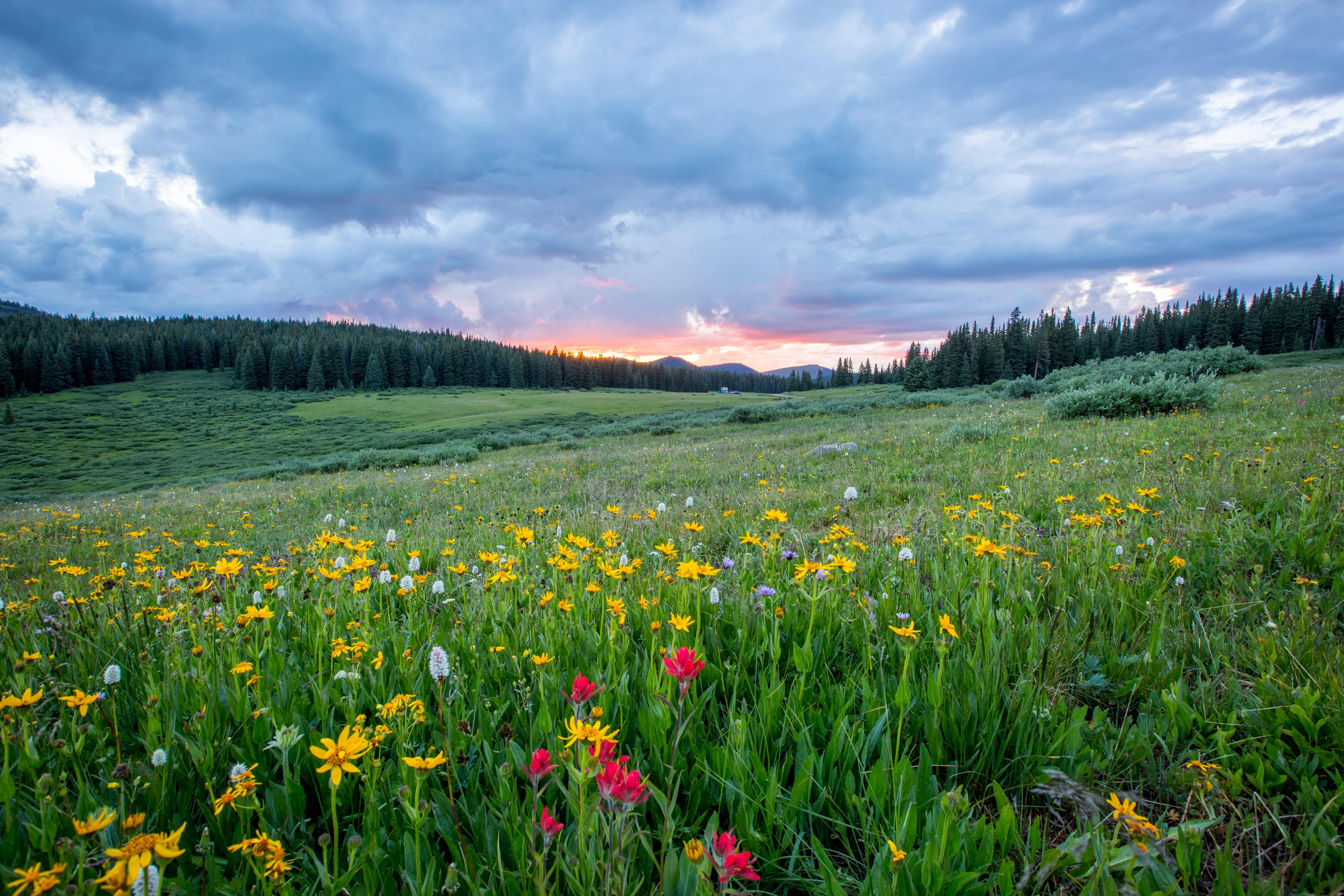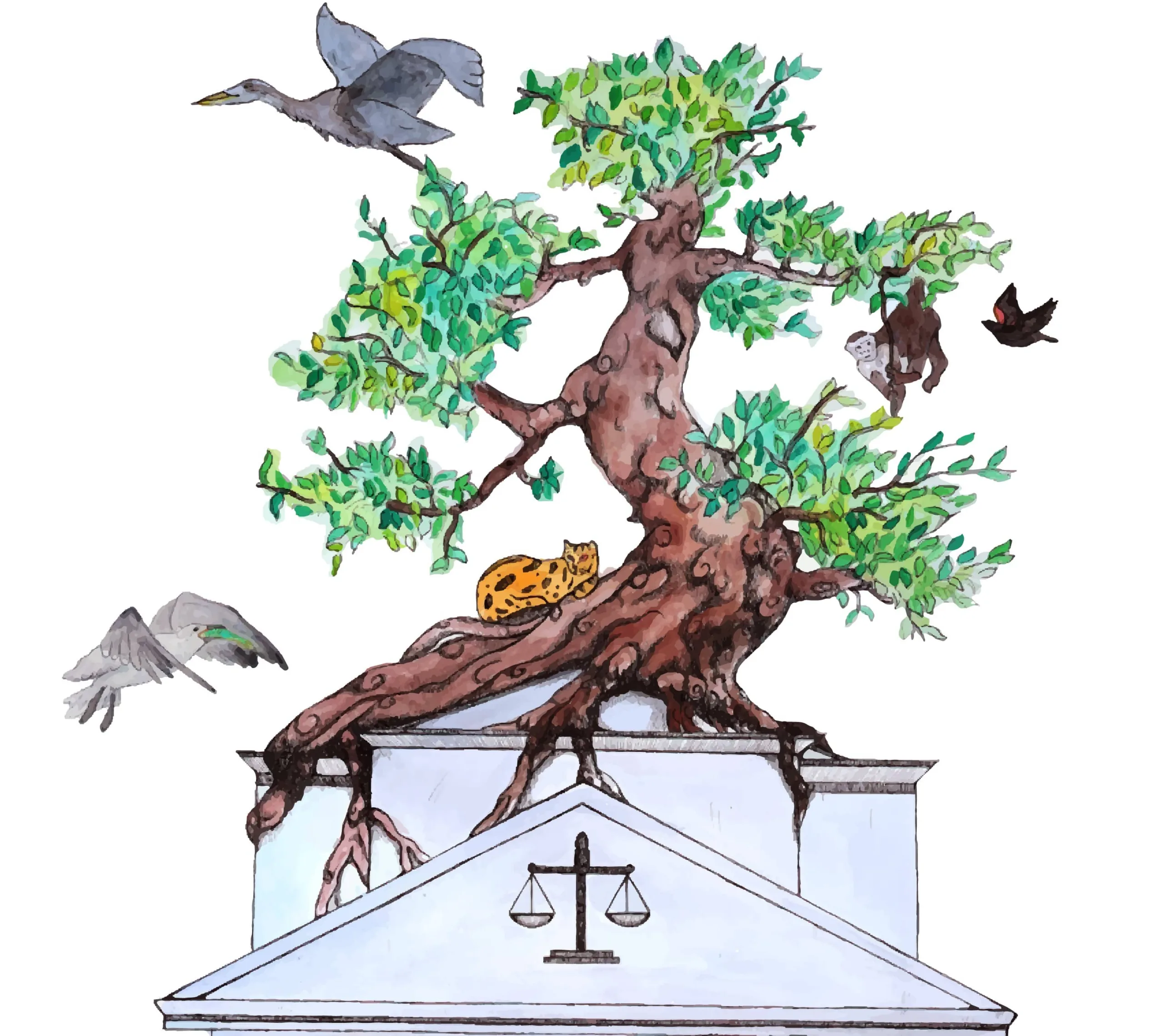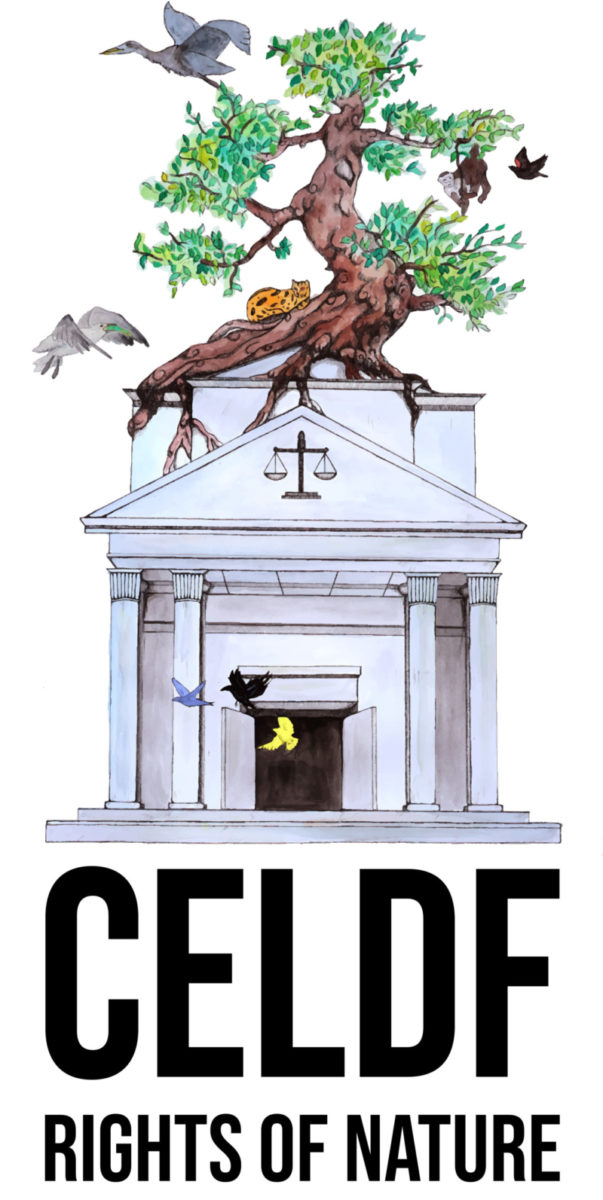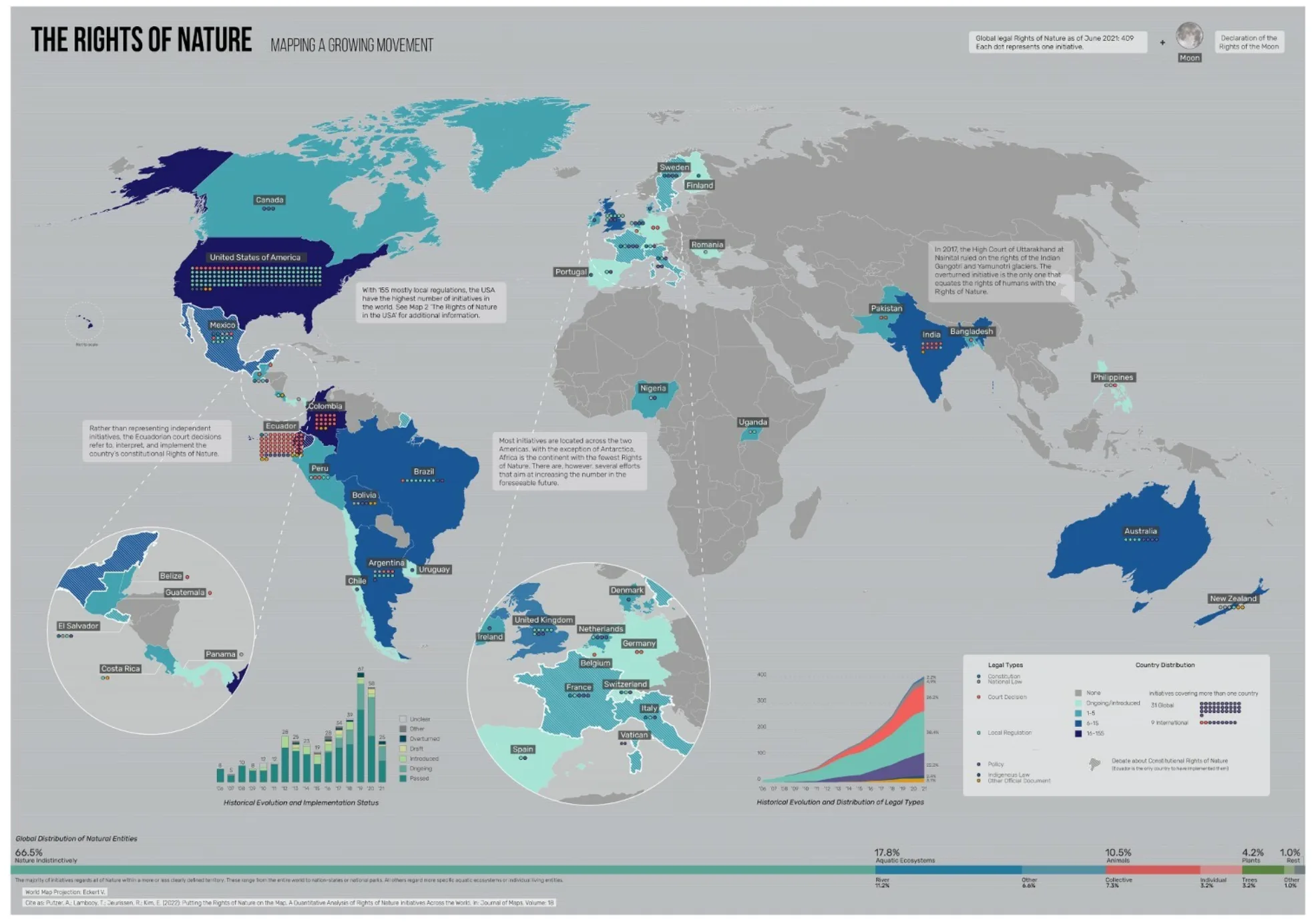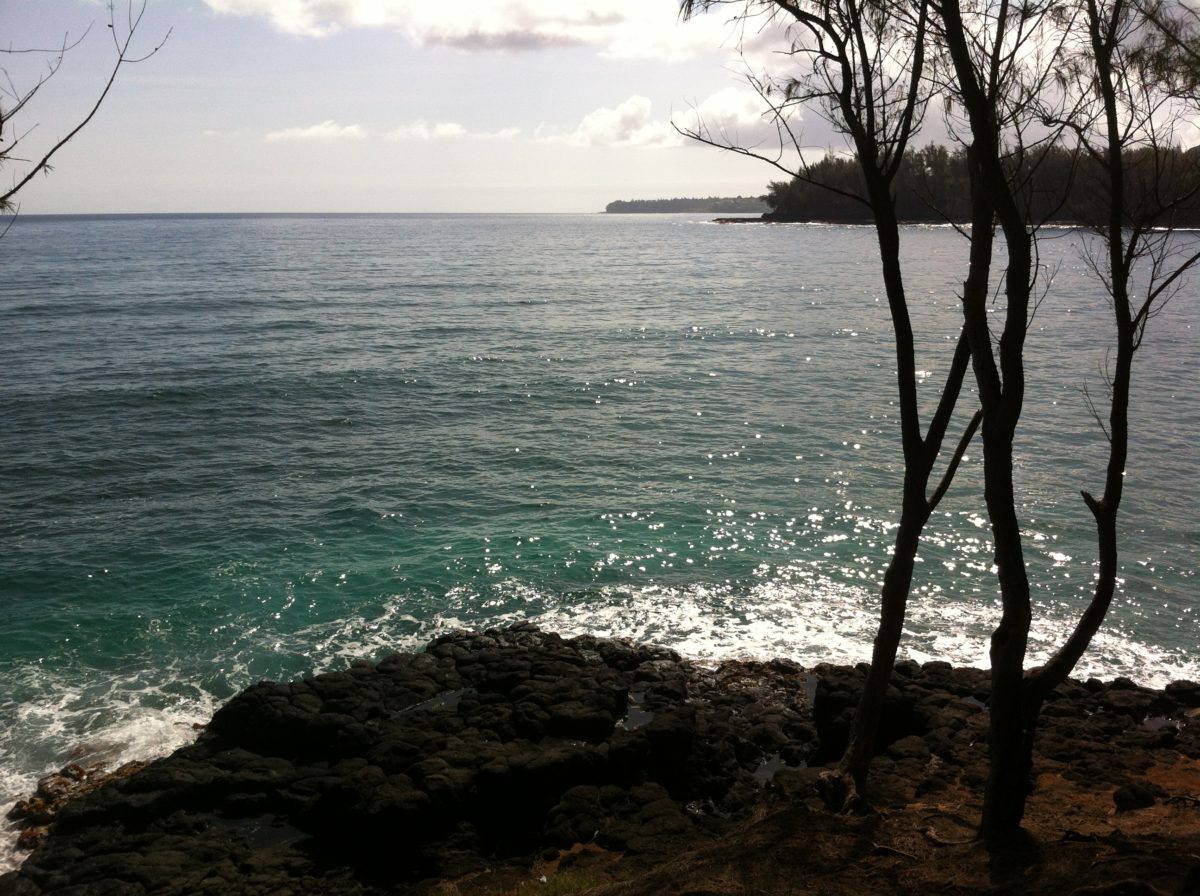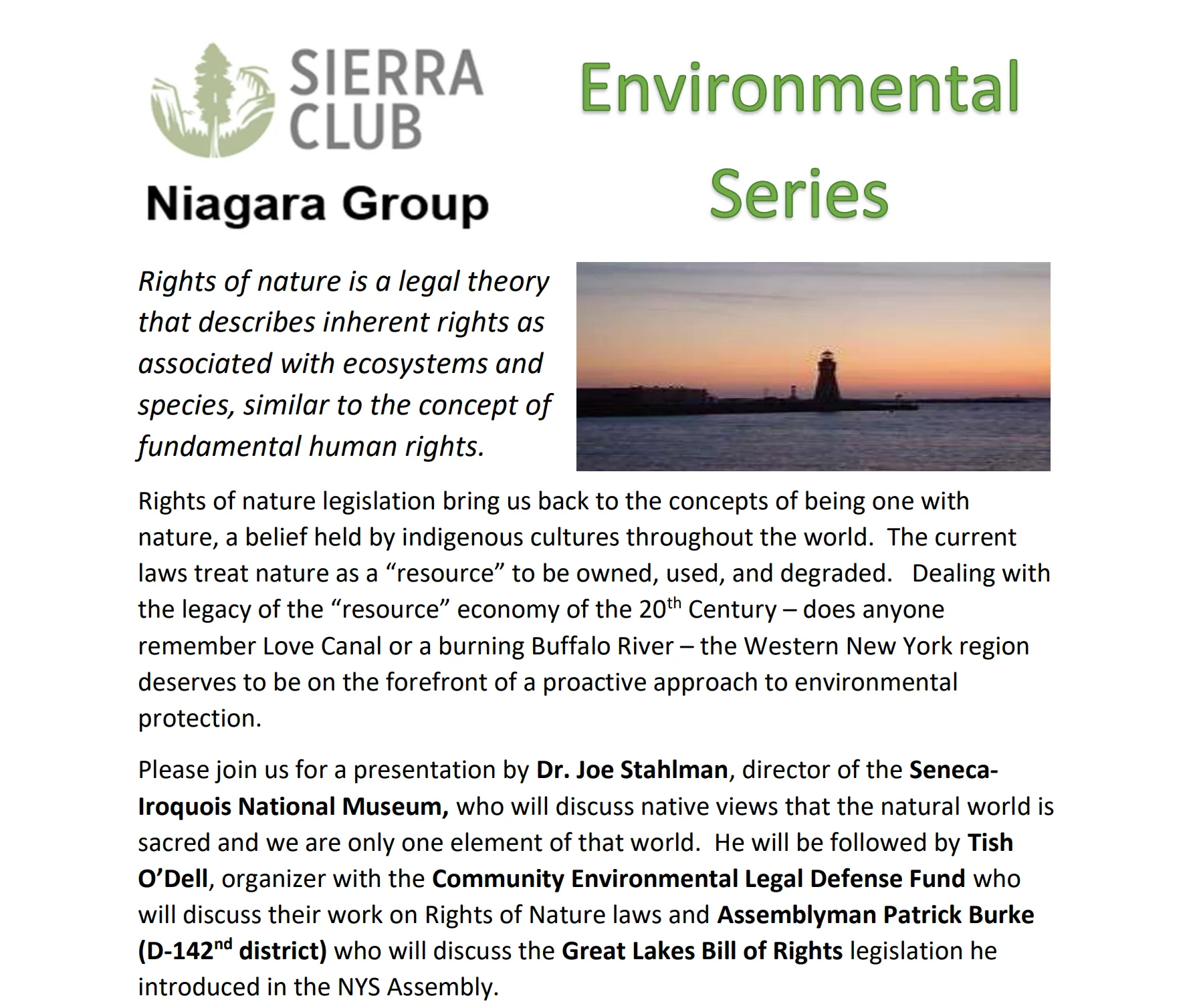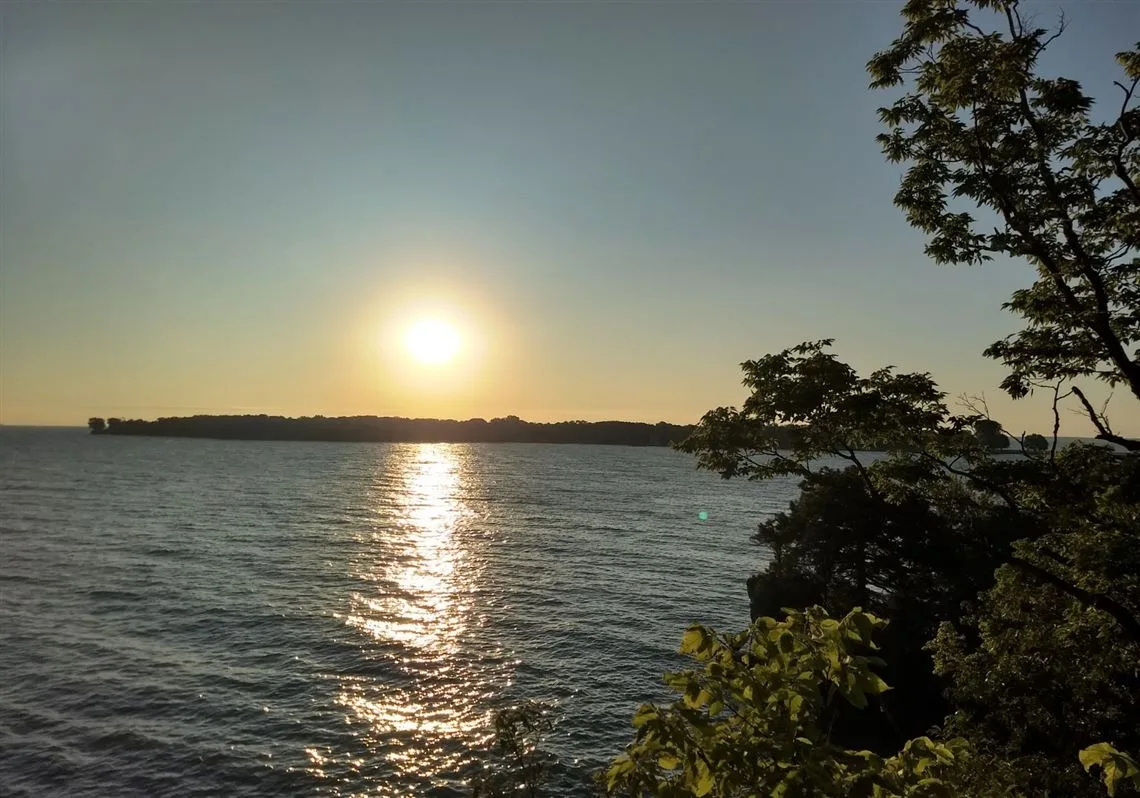We are Nature.
Changing Our Community Practices and the Law.
The rule of three make for a simple but effective way to demonstrate why we are nature and why a rights of nature legal framework is necessary:
- How long can you go without breathing? 3 minutes
- How long can you go without water? 3 days
- How long can you go without food? 3 weeks
Though this sits more in the framework of what we as humans get from nature, it should also be seen as how we are linked to, part of, and reliant on the natural world which includes all the people we interact with on a daily basis and the non-human world that provides for us and every other living being.
When what we call “nature” isn’t healthy, well, neither are we. Yet our culture, economy, and legal system is arranged in a manner that separates people from and then above the rest of the planet. This artificial belief has managed to cause real damage and destruction of the planet’s ability to sustain life. What people, especially the people controlling government and business, have miscalculated is that if we behave in this manner much longer it will be “nature” that prevails not us. The good news is despite such unnatural behavior, “nature” is looking to collaborate not compete with us.
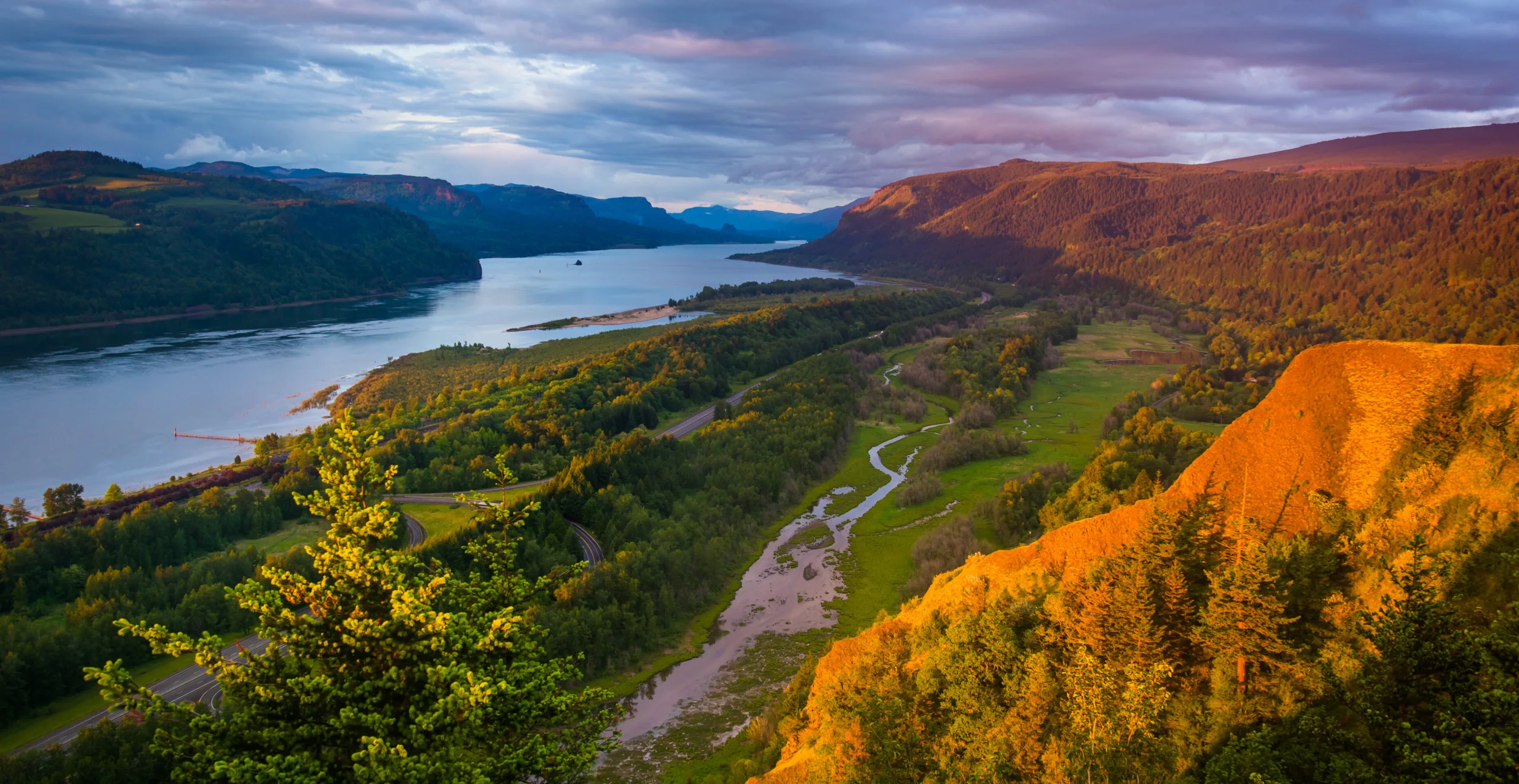
What Are the
Rights of Nature?
At this point in time it should be well understood that it is old news that environmental degradation is advancing around the world and within our own backyards at an alarming rate. Human behavior is driving major planetary catastrophe for other species and whole ecosystems. For this reason, there is a growing recognition that we must fundamentally change the relationship between humankind and nature.
Making this fundamental shift means acknowledging our dependence on nature and respecting our need to live in harmony with the natural world as a community that is part of the natural world. To set the tone and create guideposts and limits for human enterprise means putting the rights of ecosystems at the center but intimately connected to all the related natural communities including humans. Nature’s rights are human rights.
In basic legal form rights of nature laws address nature as a whole, via a distinct ecosystem, or spotlighting a particular community or species and defining intrinsic rights. The laws then define aspects of representation, enforcement, penalties, and directives. The way in which rights of nature laws have come into being have been by legislation and court rulings.
It is thanks to CELDF’s significant work with rights of nature that the global Rights of Nature movement is gaining momentum. Though the United States still has the most proposed and adopted rights of nature laws (the overwhelming majority because of CELDF), the rest of the world is catching up to and passing the United States, especially in the realm of legal validation and enforcement. This is both good and bad. In the end it’s not a competition on the creation of, adoption, and enforcement of rights of nature laws. The more, well designed, and seriously accepted rights of nature legal examples there are from whatever part of the world, is good for rights of nature as a whole to be how we act in right-relationship vs. the way it is currently oriented which is about people taking from nature and in the process destroying its ability to provide. The bad is that there is much more to be done in the United States to institute rights of nature, especially as we not only witness but experience first hand the magnitude and frequency of devastating ecological events affecting every part of the country.
About CELDF’s Center for the Rights of Nature
CELDF is assisting civil society, indigenous peoples, communities, and governments to advance laws and policies for the protection of Nature and the environment. This includes providing legislative and policy drafting, legal research, public engagement and education, and trainings.
CELDF has worked with dozens of communities in the United States as well as with organizations and governments in Ecuador, India, Nepal, Australia, Cameroon, Colombia, Sri Lanka, Bolivia, Kenya, Canada, and other countries to establish rights of nature laws.
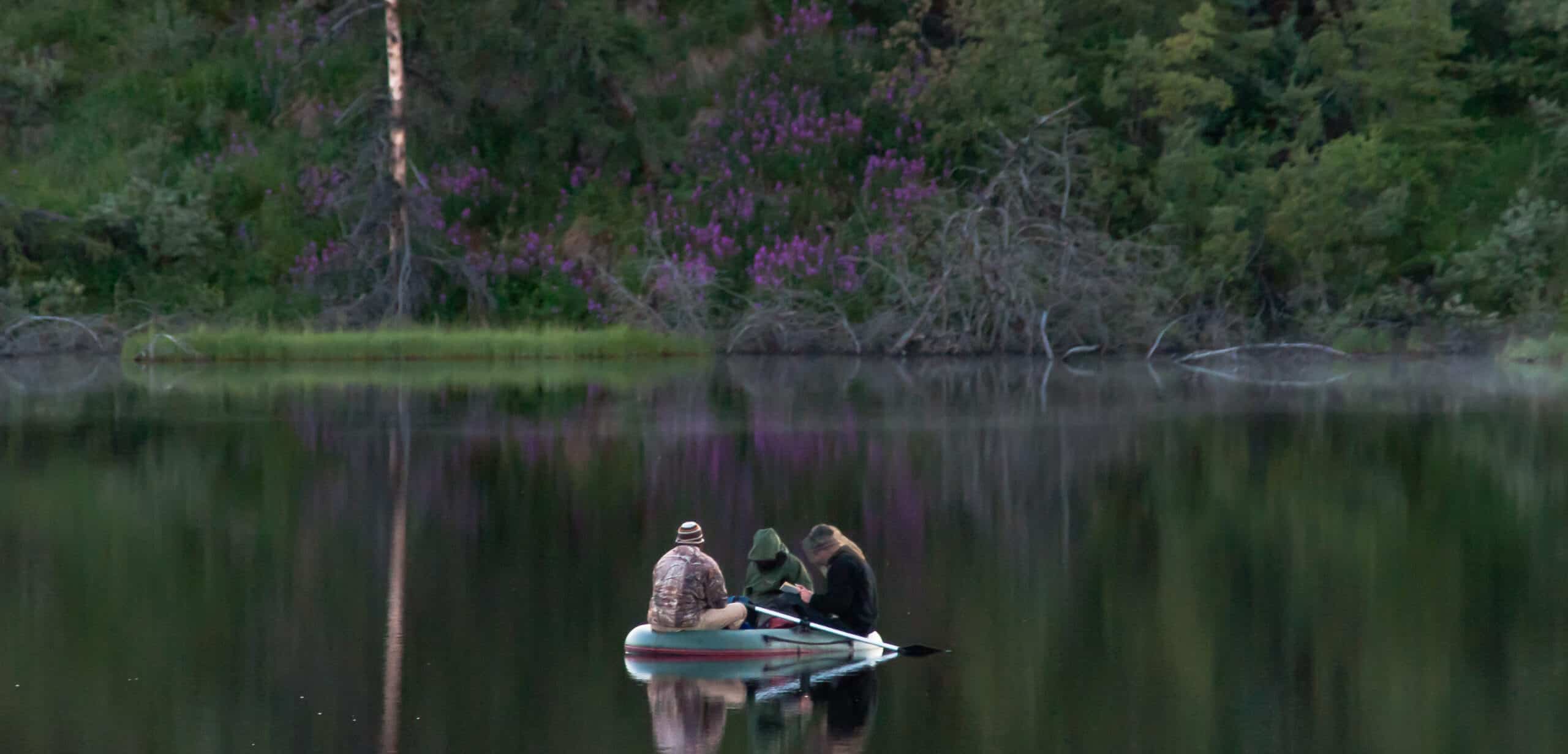
Image credit: Max Wilbert
2006
Tamaqua Borough, Pennsylvania, in the U.S., banned the dumping of toxic sewage sludge as a violation of the Rights of Nature. Tamaqua is the very first place in the world to recognize the Rights of Nature in law thanks to the assistance from CELDF.
2008
CELDF was invited to meet with the Ecuador Constituent Assembly as they drafted a new constitution. We assisted the Assembly with constitutional provisions regarding Nature’s defense. Ecuadorians adopted their new constitution by an overwhelming majority, making Ecuador the first country in the world to recognize the Rights of Nature in its constitution.
2010
Bolivia hosted the World People’s Conference on Climate Change and the Rights of Mother Earth. At the conference CELDF assisted in drafting the proposed Universal Declaration on the Rights of Mother Earth, modeled on the U.N. Universal Declaration on Human Rights. The Declaration on the Rights of Mother Earth has been presented to the U.N. General Assembly for its consideration.
2014
Grant Township, in the State of Pennsylvania, enacted a CELDF-drafted Community Bill of Right, recognizing the Rights of Nature. An oil and gas corporation sued the community to overturn the law (that lawsuit is still active – over 10 years later). In 2020, the Pennsylvania Department of Environmental Protection (DEP) revoked a permit for a frack waste injection citing the township’s law as the reason. In 2023, the injection well was plugged because of evidence that it was likely to leak.
2016
CELDF assisted the Green Party of England and Wales to develop a Rights of Nature policy for their national party platform. The policy was adopted in February 2016.
2018
The White Earth band of the Chippewa Nation adopted the “Rights of the Manoomin” law securing legal rights of Manoomin, or wild rice, a traditional staple crop of the Anishinaabe people. This is the first law to secure legal rights of a particular plant species, with CELDF assisting in the drafting of the legal language. Rights of Manoomin was also adopted by the 1855 Treaty Authority.
2019
Toledo, Ohio adopted the Lake Erie Bill of Rights (LEBoR)– the first Rights of Nature law for a specific ecosystem and what has become recognized as a breakthrough moment for rights of nature globally. CELDF assisted in the drafting, adoption, and defense of LEBoR.
2024/5
Inspired by the Lake Erie Bill of Rights, the Great Lakes Bill of Rights was introduced into the state legislature of New York Great. The bill was reintroduced in 2025 and includes all watersheds and waterways in the state being recognized as holders of legal rights.
Other significant rights of nature laws and rulings
Ecuador
2011
The Provincial Justice Court of Loja ruled in favor of the Vilcabamba River. This marked the first time since that a court upheld Nature’s constitutional right to protection.
2022
The Constitutional Court of Ecuador upheld the rights of the Los Cedros Forest in a landmark decision that is explicit in the language of upholding the Rights of Nature and demonstrates what it looks like in legal language to uphold the rights of a forest over a corporate project.
Colombia
2016
Colombia’s Constitutional Court ruled that the Rio Atrato possesses rights to “protection, conservation, maintenance, and restoration,” and established joint guardianship for the river shared by indigenous people and the national government.
2018
The Colombian Supreme Court recognized the Colombian Amazon as a “subject of rights.”
Spain
2020
The Spanish municipality of Los Alcázares approved an initiative to recognize the rights of Mar Menor, a lagoon.
Peru
2024
The Superior Court of Justice of Loreto, Peru ruled in favor of recognizing the Marañón River, a vital tributary flowing through Peruvian lands, as an entity with inherent rights, including the right to exist, flow, and remain free of contamination.
Story about CELDF’s Rights of Nature logo
We at CELDF are honored and inspired by the talent and work of Blake Lavia and Tzintzun Aguilar-Izzo. Together they make up the group Talking Wings along with being staunch advocates for Rights of Nature in their own community along the St. Lawrence River.
Blake is a filmmaker, illustrator and author and Tzintzun is an environmental artist-scholar and story weaver, striving to plant the seeds of a regenerative future. This amazingly creative team, who also serve on CELDF’s Partner-Advisor Committee, was able to take CELDF’s verbal description of our Rights of Nature work and transform it into creative illustrations and logos to convey our message visually.
It is our hope that their amazing artwork inspires you to continue to protect your community and the amazing ecosystems that you are interconnected with, and to remind you that CELDF is here to assist and support you moving forward.

Fight for the rights of nature, today.
Corporate-claimed “rights” to profits come at the cost of ecosystem rights to flourish. Please give today to help CELDF advance Rights of Nature. CELDF uses every dollar of your donation for this fight.
FAQs
-
What do we mean when we say that nature has rights?
Under the current system of law in almost every country, nature is considered to be property. Something that is considered property confers upon the property owner the right to damage or destroy it. Thus, those who “own” wetlands, forestland, and other ecosystems and natural communities, are largely permitted to use them however they wish, even if that includes destroying the health and well-being of nature.
When we talk about the Rights of Nature, it means recognizing that ecosystems and natural communities are not merely property that can be owned. Rather, they are entities that have an independent and inalienable right to exist and flourish.
Laws recognizing the Rights of Nature change the status of ecosystems and natural communities to being recognized as rights-bearing entities. As such, they have rights that can be enforced by people, governments, and communities on behalf of nature.
-
Why do we need to adopt new legal structures recognizing Rights of Nature?
By most every measure, the environment today is in worse shape than when the major environmental laws were adopted in the United States over forty years ago. Since then, countries around the world have sought to replicate these laws. Yet, species extinction is accelerating, global warming is far more advanced than previously believed, deforestation continues around the world, and overfishing the world’s oceans has caused the collapse of many fisheries.
These environmental laws – including the federal Clean Air Act, the Clean Water Act, and similar state laws – legalize environmental harms. They regulate how much pollution or destruction of nature can occur under law. Rather than preventing pollution and environmental destruction, our environmental laws allow and permit it.
In addition, under commonly understood terms of preemption, once these activities are legalized by federal or state governments, local governments are prohibited from banning them.
Laws recognizing the Rights of Nature begin with a different premise: Ecosystems and natural communities have the right to exist and flourish. People, communities, and governments have the authority to defend those rights on behalf of ecosystems and natural communities.
-
Where have laws recognizing the Rights of Nature been adopted?
CELDF has assisted the first communities in the United States, as well as Ecuador, to develop groundbreaking Rights of Nature laws.
The first laws establishing legal structures that recognized the Rights of Nature were adopted by local municipalities in the United States in 2006. Tamaqua Borough, Schuylkill County, Pennsylvania, was the first community to enact the Rights of Nature. Since then, more than three dozen communities have adopted such laws. In November 2010, the City of Pittsburgh, Pennsylvania, became the first major municipality in the United States to recognize Rights of Nature.
In September 2008, Ecuador became the first country in the world to recognize Rights of Nature in its constitution. Bolivia has also established Rights of Nature laws.
-
What rights do Rights of Nature laws recognize?
The earliest Rights of Nature laws recognized the right of ecosystems to “exist and flourish.” Others, including the Ecuadorian constitutional provisions promulgated in 2008, recognize the right of nature to exist, persist, evolve, and regenerate.
These laws also recognize the right of any person or organization to defend, protect, and enforce those rights on behalf of nature, and for payment of recovered damages to government to provide for the full restoration of nature.
-
Doesn’t recognizing Rights of Nature just add an additional layer of regulation?
No. Current environmental regulatory structures are mostly about “permitting” certain harms to occur, such as fracking, mining, and factory farming. They act more to legalize the harmful activities of corporations and other business entities than to protect our natural and human communities.
Laws recognizing the Rights of Nature are different. They establish a basic principle of rights, which requires laws and regulations to work within that framework to uphold those rights. For example, communities that have enacted Rights of Nature laws are empowered to reject governmental actions permitting unwanted and damaging development which would violate these rights. Rights of Nature laws enable people, communities, and ecosystems themselves to defend and enforce such rights. Without the ability to do so, those ecosystems would be destroyed. Today, CELDF is serving as legal counsel for ecosystems, as well as communities, to defend the rights of watersheds to exist and flourish.
Although people have been talking about “sustainable development” for decades, very little has been done to change the structure of law to actually achieve that goal. Laws recognizing the Rights of Nature finally codify the concept of sustainable development. They disallow activities that would interfere with the functioning of natural systems that support human and natural life.
-
What happens when the Rights of Nature and human rights conflict?
When different human rights conflict, a court weighs the harms to the interests, and then decides how to balance them. The same thing happens when the Rights of Nature conflict with human rights.
Given that ecosystems and nature provide a life support system for humans, their interests must, at times, override other rights and interests. Otherwise, we wouldn’t have a habitable planet to support our continued existence.
Of course humans are part of nature as well, which means that human needs must also be considered when the rights and interests of ecosystems come into conflict with ours.
Furthermore, many nations have expanded their body of legal rights to recognize a human right to a healthy environment. This includes a number of European nations, including Spain, France, Portugal, Greece, and Finland.
The recognition of such rights should mean that the highest legal protection is implemented and enforced. However, over recent decades, as ecosystems and species around the globe have been pushed toward collapse and global warming has accelerated, it has become increasingly clear that fulfilling the human right to a healthy environment is unachievable without a fundamental change in the relationship between humankind and nature.
Thus, implementing and fulfilling a true human right to a healthy environment is dependent on the health of the natural environment itself. The human right to a healthy environment can only be achieved by securing the highest protections for the natural environment – by recognizing in law the right of the environment itself to be healthy and thrive.
-
Doesn’t this mean that rocks must be given lawyers?
No, but it does mean that the rights of ecosystems and natural communities are enforceable independently of the rights of people who use them. That means that people within a community could step “into the shoes” of a mountain, stream, or forest ecosystem, and advocate for the rights of those natural communities. It calls for a system of jurisprudence in which those ecosystems are actually “seen” in court. Damages are assessed according to the costs of restoring the ecosystem to its pre-damaged state.
-
What is the Universal Declaration of the Rights of Mother Earth?
In April 2010, Bolivia hosted the World People’s Conference on Climate Change and the Rights of Mother Earth. At the conference, CELDF assisted in drafting the Universal Declaration of the Rights of Mother Earth. Modeled on the Universal Declaration of Human Rights, the Declaration has been forwarded to the United Nations for consideration by the U.N. General Assembly. On April 20, 2011, the General Assembly hosted an Interactive Dialogue entitled “Ways to promote a holistic approach to sustainable development in harmony with nature.” The Universal Declaration of the Rights of Nature was presented during the session.
